Tips for better blood sugar control
By naturopath Margaret Jasinska
Good blood sugar control is important for all diabetics. The closer you can keep your blood sugar to normal, the less likely you are to suffer with diabetic complications in later years. Having good blood sugar control should also allow you to require less medication. Some medication, particularly insulin can promote weight gain in diabetics. Generally, the lower your blood sugar, the less requirement you’ll have for insulin.
It’s not just diabetics that should be concerned with maintaining a healthy blood sugar level though. For all of us, minimising spikes in blood sugar is important if you want to take care of your health. Sugar is sticky, and having a lot of it in your bloodstream can cause harm to nearly every part of your body. Sugar can stick to the protein component of your joints and create pain and stiffness; it can stick to the collagen in your skin and speed up the signs of ageing. Perhaps most frightening is the fact that high blood sugar can create the plaques and tangles in the brain that are hallmarks of Alzheimer’s disease.
Every time you eat carbohydrate, your blood sugar rises and your pancreas must secrete insulin in order to get the sugar into your cells where it can be used for energy. Consuming carbohydrate rich foods regularly, and thus having chronically elevated insulin levels is damaging in itself, particularly to your cardiovascular system and risk of cancer. High insulin also has a negative effect on fat metabolism. It signals to your body that there is plenty of glucose around, so it instructs your fat cells to stay put and not get used up for energy, even if you exercise. This is what happens in people with syndrome X, which is also known as insulin resistance. You can read about how to overcome it in Dr Cabot’s newest weight loss book “I can’t lose weight and I don’t know why“.
People with chronically high insulin levels often feel unsatisfied after eating. They can feel like they could keep eating all day but never actually feel full. This makes weight loss almost impossible. It also has negative effects on mood, cognitive function, emotions and sometimes even sleep quality. Getting insulin levels down is critical for overcoming these symptoms, and also for achieving a healthy blood sugar level.
Here are my tips on how to do that:
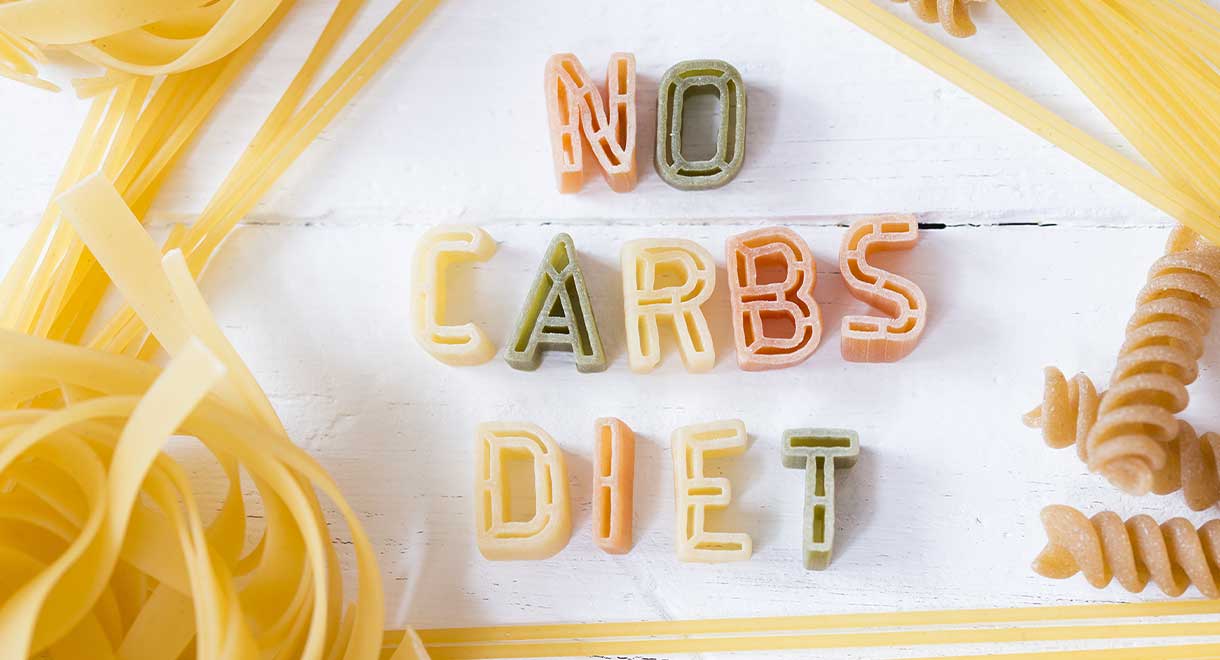

Keep your carbohydrate intake low
The foods that are highest in carbohydrate include sugar, bread, pasta, rice, potatoes, breakfast cereals and any food made of or containing flour. It doesn’t matter if they are whole grains or low GI; all carbohydrates raise blood sugar and insulin to varying degrees. Everyone has a different tolerance level for carbohydrate; some people can get away with eating much more before it adversely affects their blood sugar. If you are a diabetic, your tolerance is low. If you have PCOS or abdominal obesity, your tolerance is also low.
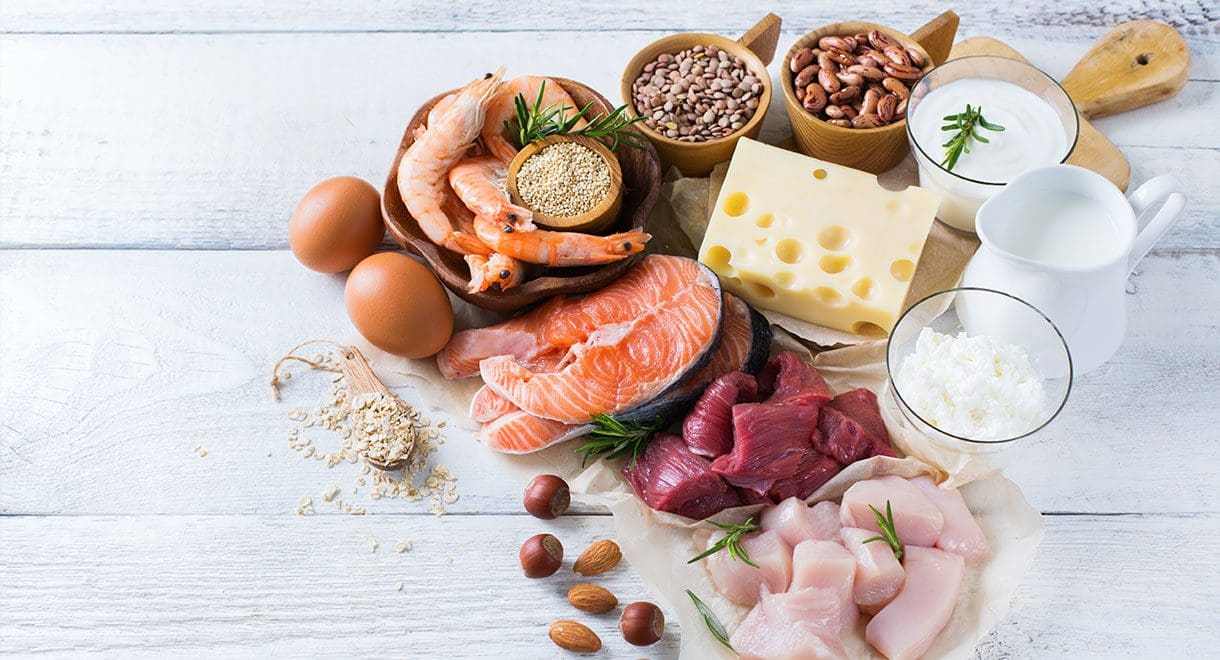

Include protein with every meal
Protein has a minimal effect on blood sugar and insulin. The wonderful thing about protein is it is so satiating. It will help you to feel full for much longer, thus making it easier to stick to a healthy diet. Examples of healthy sources of protein include seafood, poultry, eggs, red meat and protein powder. Make sure you also include lots of vegetables in your meals – either as salads or cooked in stews, soups, etc. The fibre in vegetables will also fill you up, and fibre provides food for good bacteria in your gut. Recent research has shown that people with higher levels of healthy gut bugs are less likely to suffer with obesity or diabetes.
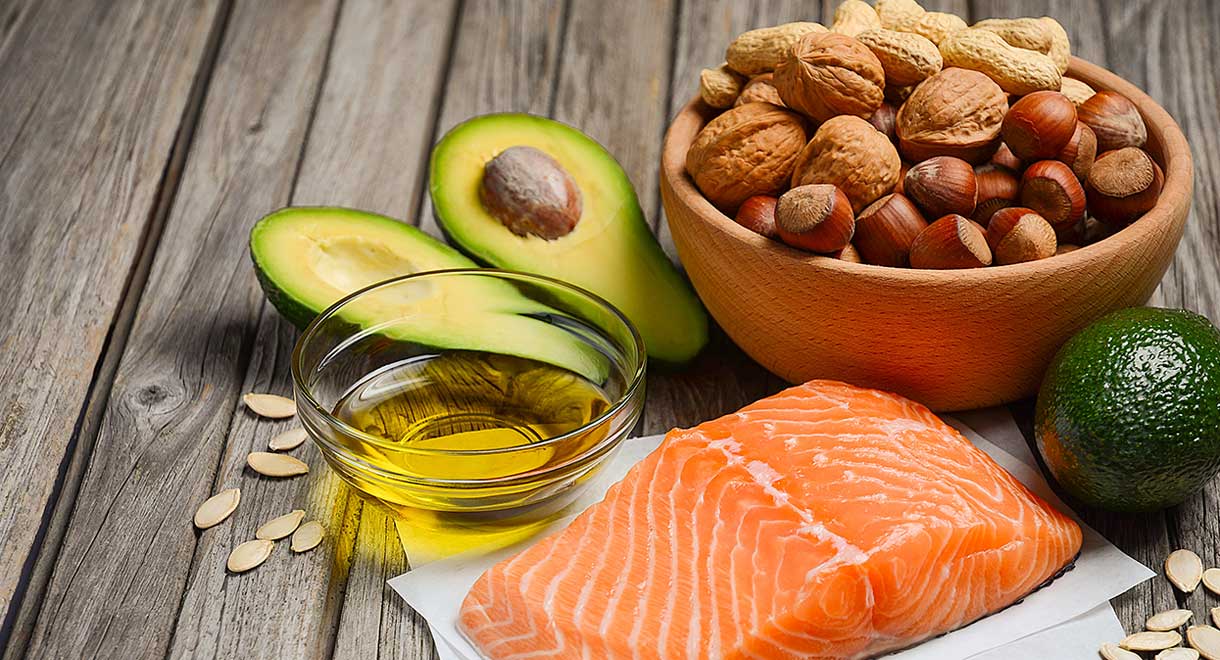

Include fat in your meal
Fat slows down digestion and that’s a good thing. When your meal contains fat, food takes longer to leave your stomach, helping you to feel full longer. Fat also lowers the glycemic index of a meal, which helps to prevent high spikes in blood sugar after meals. That’s why a chocolate bar has a much lower glycemic index than a bag of lollies; the fat in the chocolate partially mitigates the harmful effects of the sugar. Of course there are much healthier fats to include in your diet than those in chocolate bars (unless you make your own chocolate using cacao powder, cacao butter and stevia). Examples of healthy fats to include in your meals include extra virgin olive oil, macadamia nut oil, avocado oil, a handful of nuts or seeds, some chopped avocado or guacamole, coconut oil, butter, a dollop of hummus or a drizzle of tahini.


Go for a walk after meals
If you can move around a bit after a meal, your blood sugar and insulin won’t get as high and you’ll be less likely to gain weight. I’m not suggesting you do vigorous exercise and make yourself feel queasy after a meal, but there’s a huge difference between sitting on the sofa and watching a DVD and going for a stroll with your partner or the dog. Even doing the ironing while watching a DVD after dinner would help. When you move around after a meal, your muscles suck up the glucose from your blood and use it for their metabolism.


Include some vinegar in your meals
Vinegar has been shown to lower postprandial glucose. That means it lowers post meal glucose levels. It’s the beneficial acids in vinegar that are responsible for this effect. It is so easy to splash a bit of vinegar over your salad, along with olive oil. Apple cider vinegar has a lot of digestive benefits, helping you to extract more nutrients from your meals, so that’s the type of vinegar I recommend.
For more information about achieving healthy blood sugar see the book “Diabetes Type 2: You Can Reverse It Naturally“.


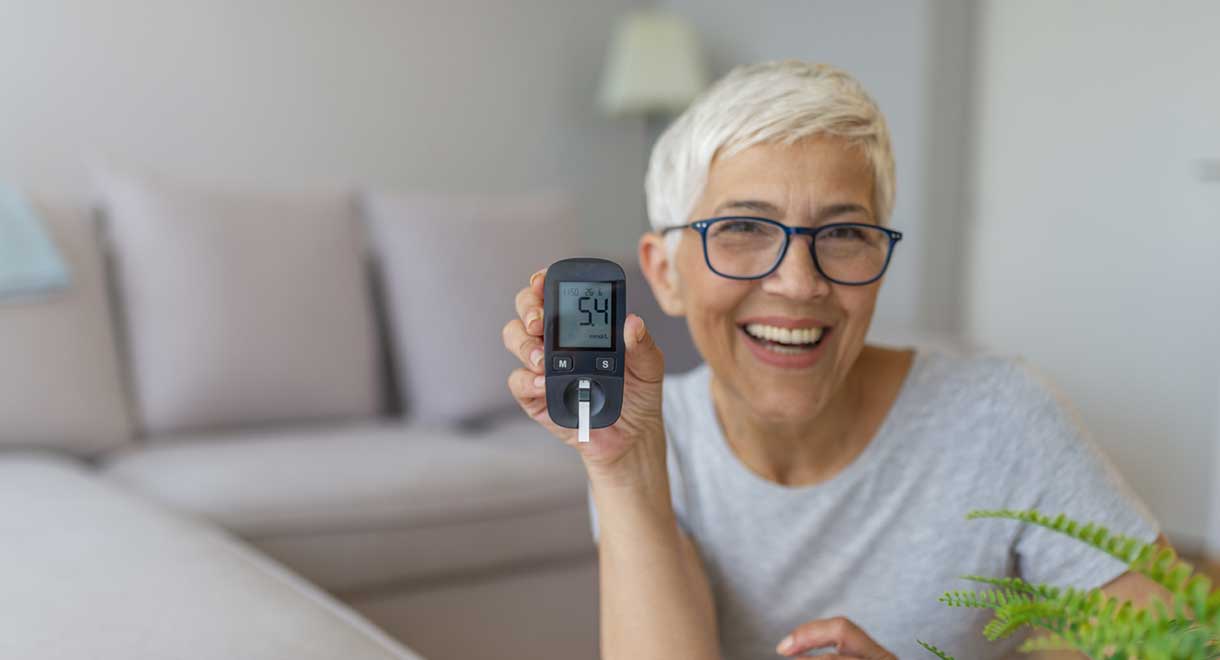

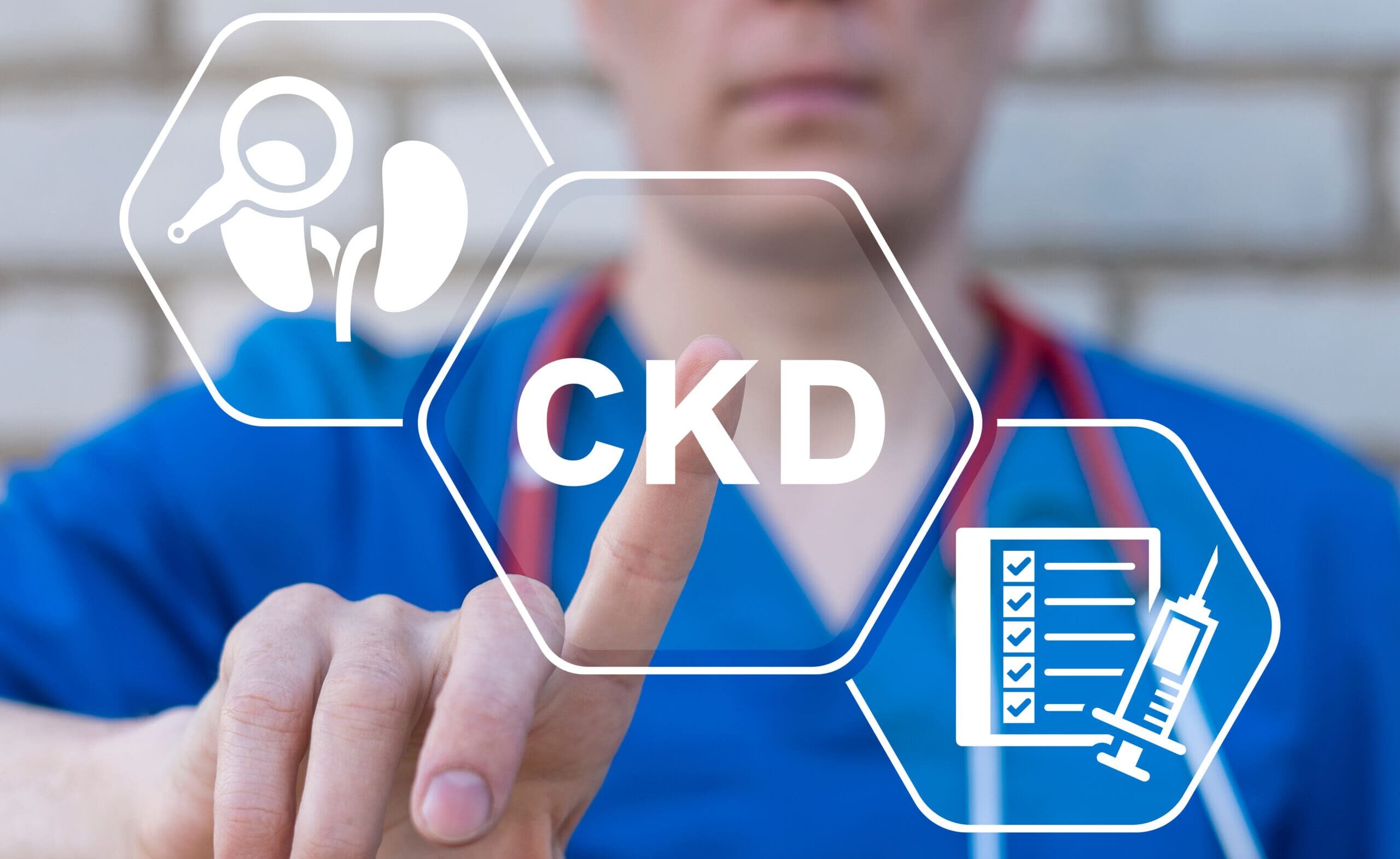


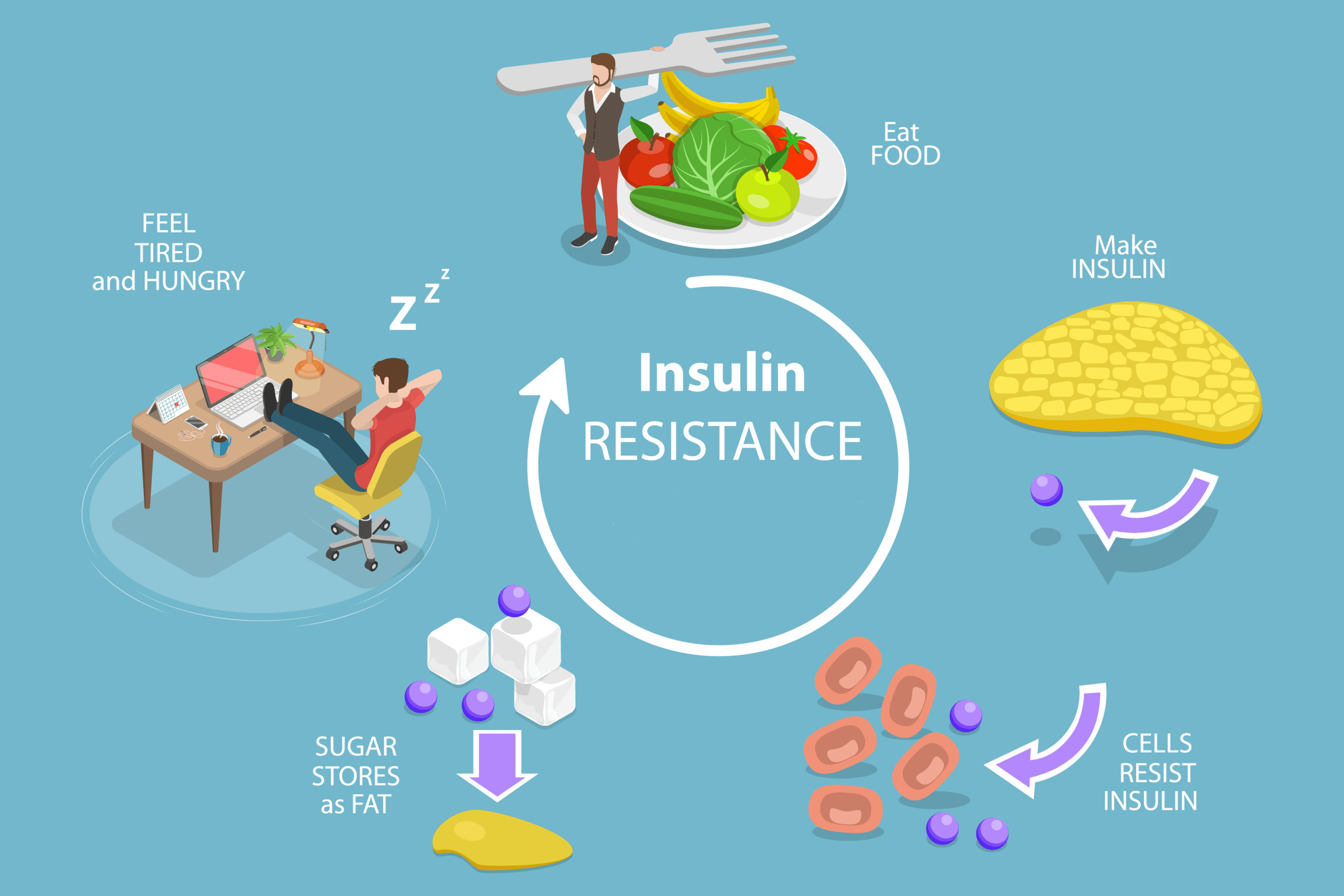
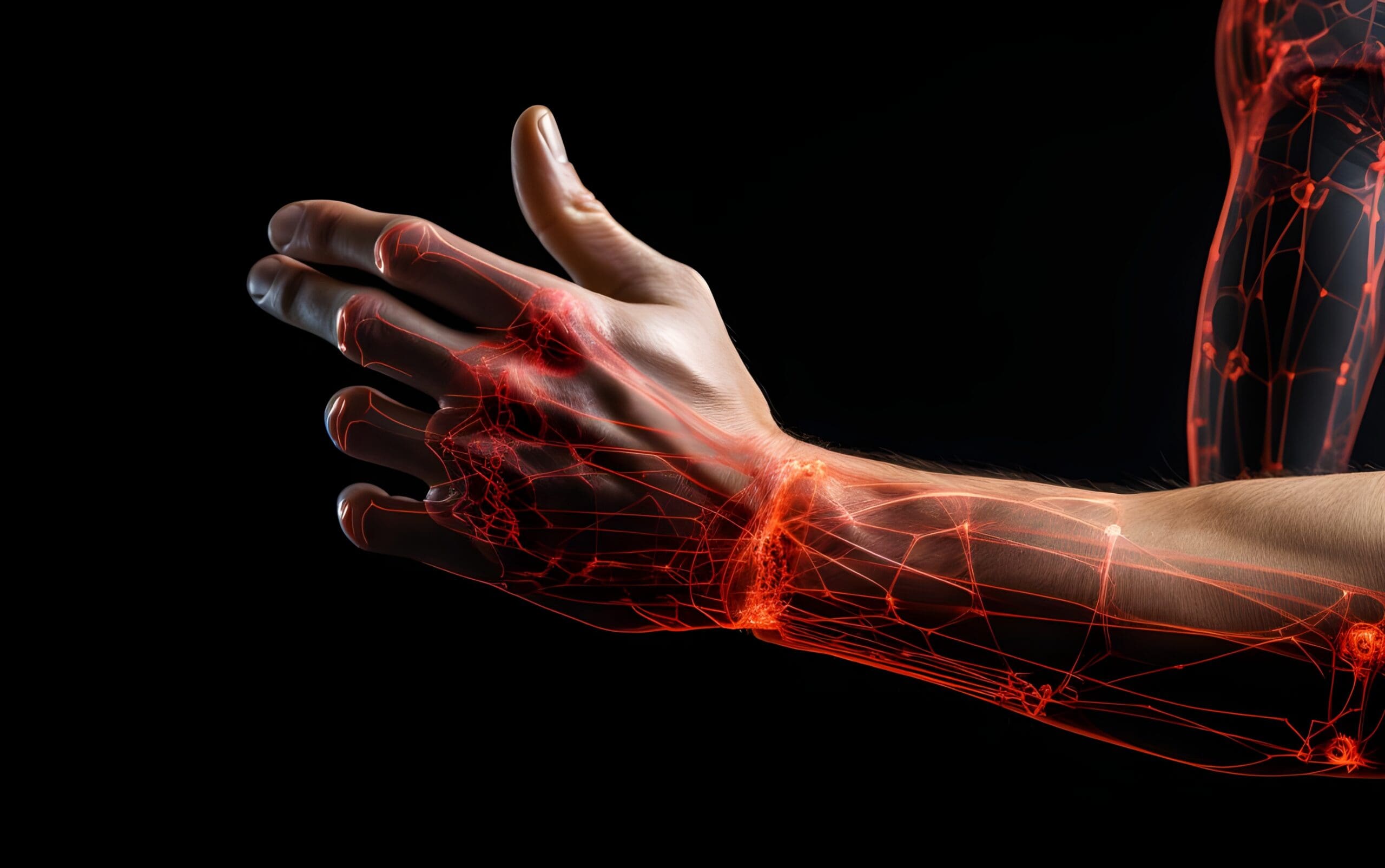
are we allowed red meat ?? i didn’t think we were
Hi Julie,
I’m not sure what you mean by not being ‘allowed’ to eat red meat.
What you can and can’t eat depends specifically on you and your health conditions but if you are after blood sugar control, eating good quality protein at each meal is beneficial – this can include red meat.
Kind regards,
Louise